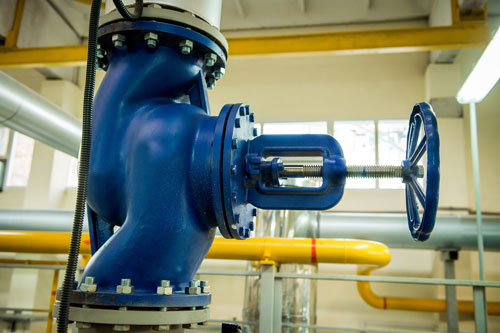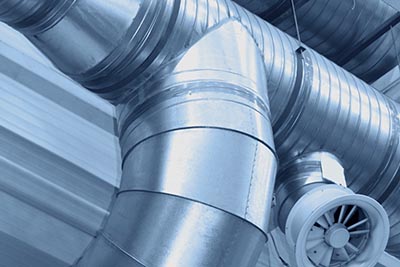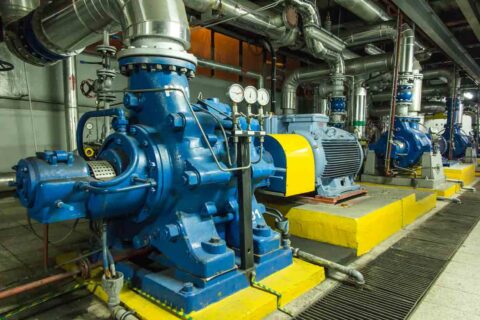3 Common Food-Handling Pump Problems
Pumps have become a key part of the food and beverage worlds, where they allow companies to streamline production in unprecedented ways. Many manufacturers simply wouldn’t be able to continue existing without the use of food-handling pumps. Of course, these vital fixtures can create problems if not properly selected and maintained.
Companies who prioritize efficiency have to ensure that their food-handling pumps remain up to the task. If you would like to learn more about avoiding some of the issues that many food-handling pump owners face, read on. This article will outline three common problems associated with food-handling pumps.
1. Poor Sizing
Food-handling pumps aren’t a one-size-fits-all type of processing component — far from it. In order to provide consistent results and a long lifespan, a pump must be properly sized for a particular system. An undersized pump will make things especially difficult since your processing equipment simply won’t be able to meet production demands.
Excessive pump size presents a more serious — and subtle — issue. An oversized pump will run too fast and with an excessive amount of volume. As a result, the pump’s line velocity will end up too high. This causes an increase in power consumption. It also subjects the pump to more wear and tear, increasing the frequency of breakdowns and maintenance needs.
Oversized pumps often end up suffering from internal forms of damage, such as cavitation. Equally damaging may be the effect of oversizing on your product. Excess velocity can cause damage to more sensitive foods. Liquids may suffer from unwanted separation if velocity becomes too high.
For these reasons, a pump must be properly sized to meet the needs of your system. You must also take into consideration the sizing of related components, such as piping and vortex tanks.
2. Insufficient Lubrication
Food-handling pumps, like other types of heavy machinery, require lubrication for proper functioning. Over time, lubricant will naturally degrade and wear away. This can leave the pump vulnerable to overheating and other forms of damage. Unless you add more lubricant, a complete burnout may be just around the corner.
Be aware that food-handling pumps don’t use petroleum-based forms of lubrication — it simply wouldn’t be safe to risk exposing your product to it. Instead, you must use food-grade lubricants. These lubricants meet the same sorts of lubricating guidelines as petroleum-based products, yet are deemed harmless if ingested at levels less than 10 parts per million.
Three different classes of food-grade lubricants exist: H1, H2, and H3. H1 lubricants are suitable for use anywhere that incidental food contact may occur. H2 lubricants, on the other hand, cannot be used in areas where food contact may occur. Finally, H3 lubricants consist of edible oils that form effective means of protection for processing equipment such as trolleys and hooks.
In most cases, H1 lubricant makes the best choice for food-handling pumps, since they may occasionally come into contact with food. H1 has much better lubricating properties than H3 for high-speed or otherwise intensive applications.
3. Seal Leaks
All types of pumps can suffer from seal leaks. In the case of food-handling pumps, seal leaks tend to be especially problematic. Not only will they interrupt the production flow, but they also present a potential safety hazard. A seal leak allows potentially problematic contaminants to enter your system.
Seal leaks naturally occur as time goes on and the seal rubber begins to degrade. Regular maintenance is the most effective way to keep seal leaks from compromising your production line. For more information on how to keep your food-handling pumps in good working order, please don’t hesitate to consult the experts at Simonds Machinery Company.



